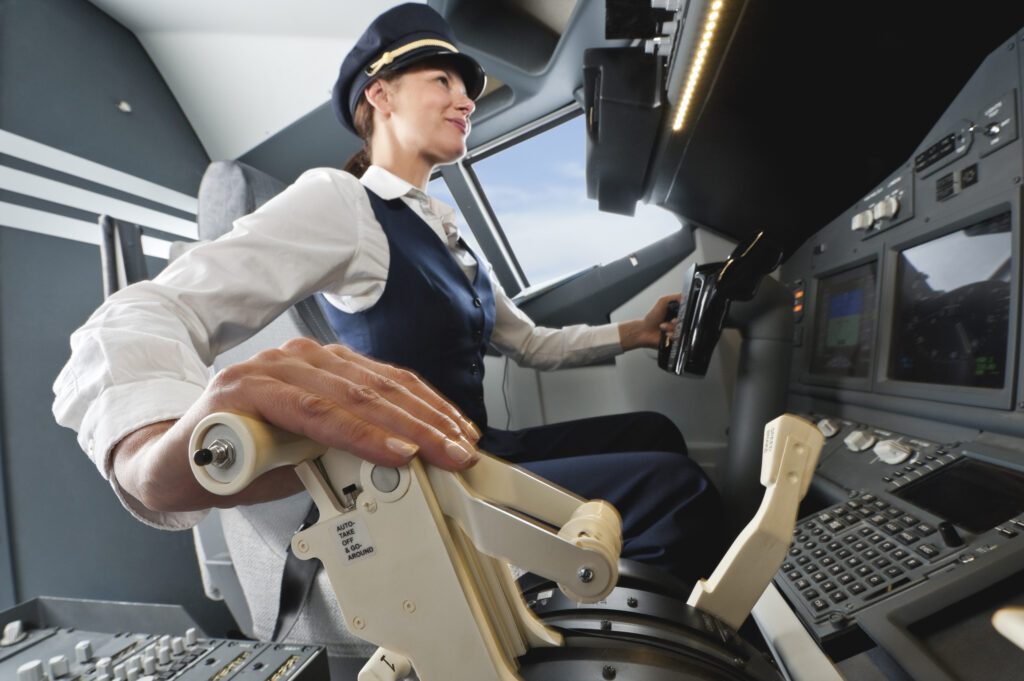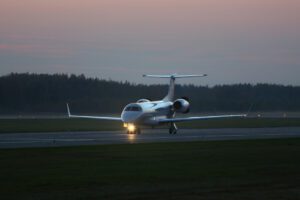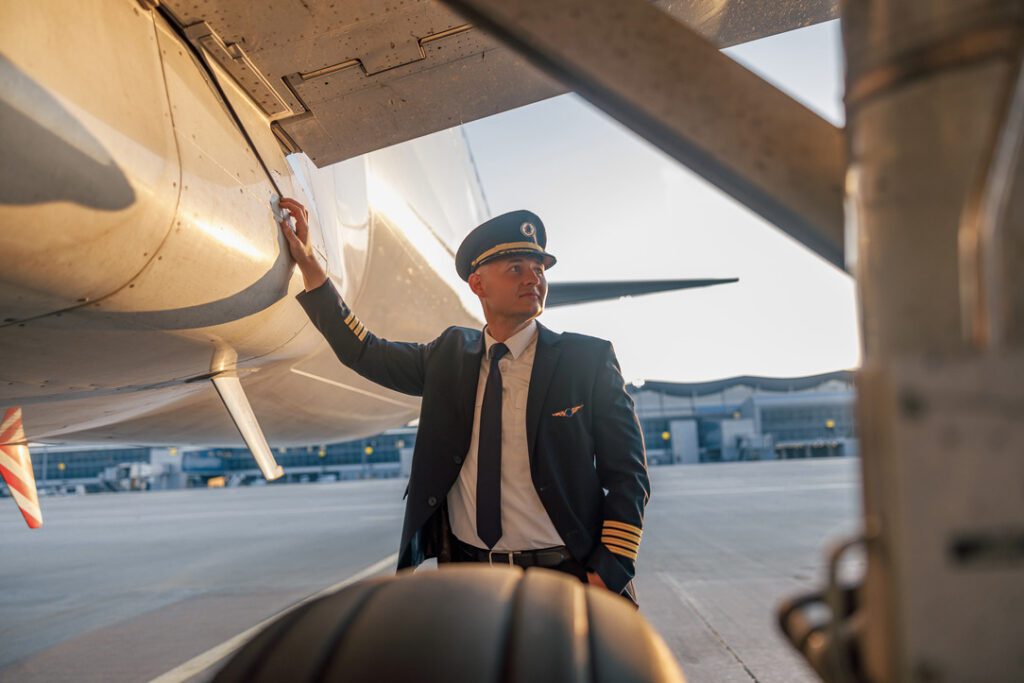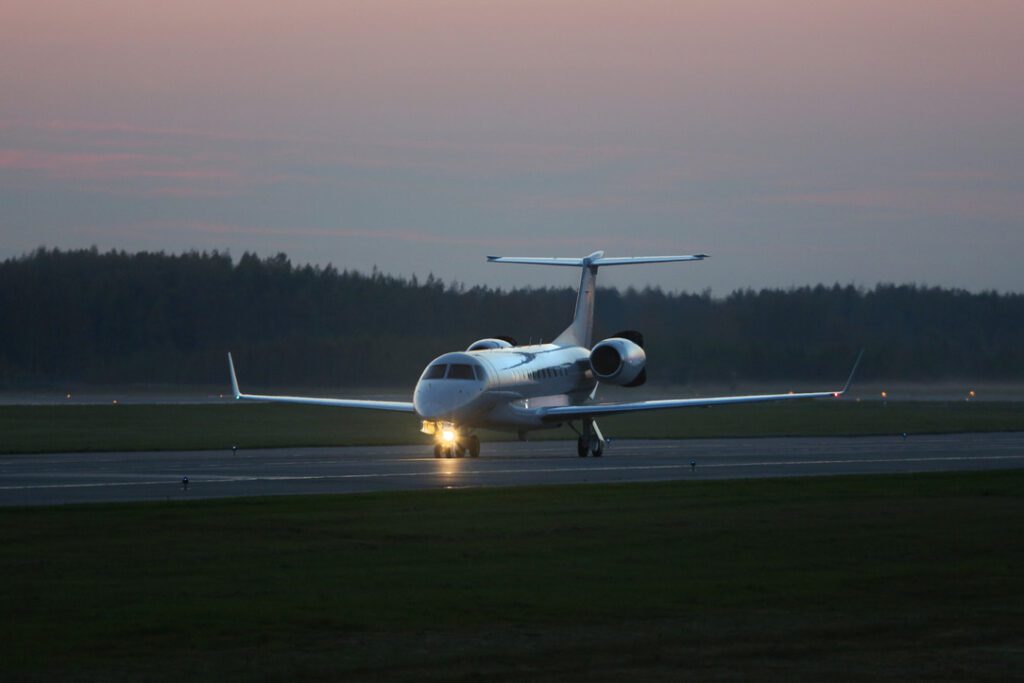In 2025, a career as a pilot will be particularly appealing for those who are willing to take on challenges and commit for the long haul. Based on industry trends and forecasts, the following reasons are shaping the airline pilot shortage, regional airline hiring patterns, as well as the future demand.
Pilot Shortage and Global Demand
The aviation industry is currently facing a severe pilot shortage that is predicted to worsen in the upcoming decade. According to Boeing’s Pilot and Technician Outlook, by the year 2043, the global demand for new pilots will lie between 649,000 to 674,000. In the United States alone, over 123,000 new pilots will be needed in the following 20 years, due to the growth in the airline industry and the retiring flight crews.
Each year, thousands of experienced pilots reach the mandatory retirement age of 65. In the U.S. alone, approximately 4,300 pilots retire each year, with similar trends across Europe and Asia. This adds to the gap in demographic flight schools and regional airlines are racing to fill.
Regional Airline Trends
Regional airlines play a crucial role in shaping the pilot career pipeline. Companies like Envoy Air, SkyWest and GoJet Airlines are expanding their fleets and hiring at an increased rate to satisfy the pilot demand. Some of these carriers have established cadet programs and begun collaborating with major flight schools, such as ATP Flight School, to facilitate programs for new pilots without complicated processes.
While regional airline jobs were once seen as a potential professional advancement toward major airlines, they now offer higher starting salaries, bonuses and enhanced career advancement programs.

Pilot Pay and Incentives
In the past few years, airline pilot wages have skyrocketed. To combat shortages and increased competition, airlines all over are offering attractive packages globally:
EasyJet is offering salaries of up to £191,000 for captains.
British Airways offers up to £138,000 for senior pilots.
U.S. regional carriers have recently jumped to six-figure starting salaries including signing bonuses.
Especially for entry-level pilots, more companies are offering incentives such as signing bonuses, training reimbursements, and fast-track promotions to attract new talent.
Future Outlook (2025 and beyond)
According to industry analysts, air passenger traffic will expand at an annual rate of 4.3% for the next 20 years. Development will further increase the demand for airline fleets and route networks, especially in emerging markets and fast-recovering regions, like North America, Middle East, and Asia.
Major carriers such as American Airlines have announced plans to hire 10,000 new pilots over the next five years to meet future demands. This shift highlights the enduring dependability of pursuing a pilot career for individuals who are starting training today.
Conclusion: Is Now a Good Time?
If you have ever been thinking about becoming a pilot, 2025 might just be the best time to start. With a strong global demand, better pay, and further opportunities, the industry is investing in the future of pilots and will be welcoming them with open arms.
However, don’t forget: becoming a pilot requires a great deal of hard work, training, and a large upfront monetary and personal commitment. For those willing to take on the challenge, will find ample rewards both inside and outside the cockpit.












